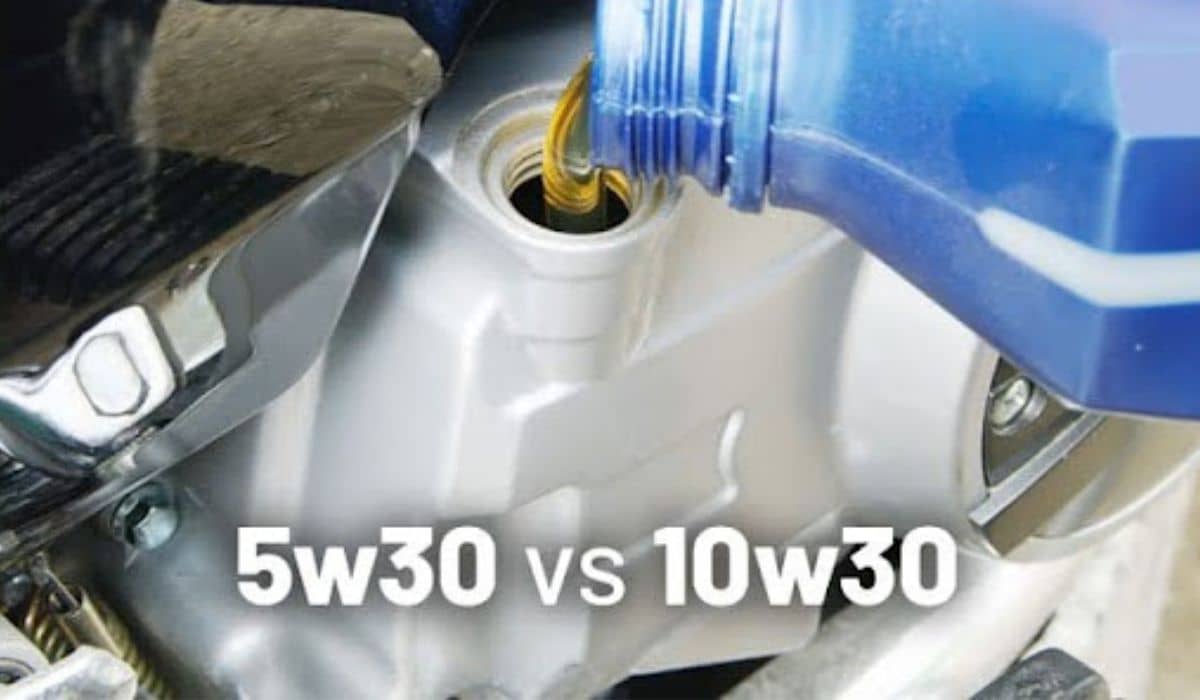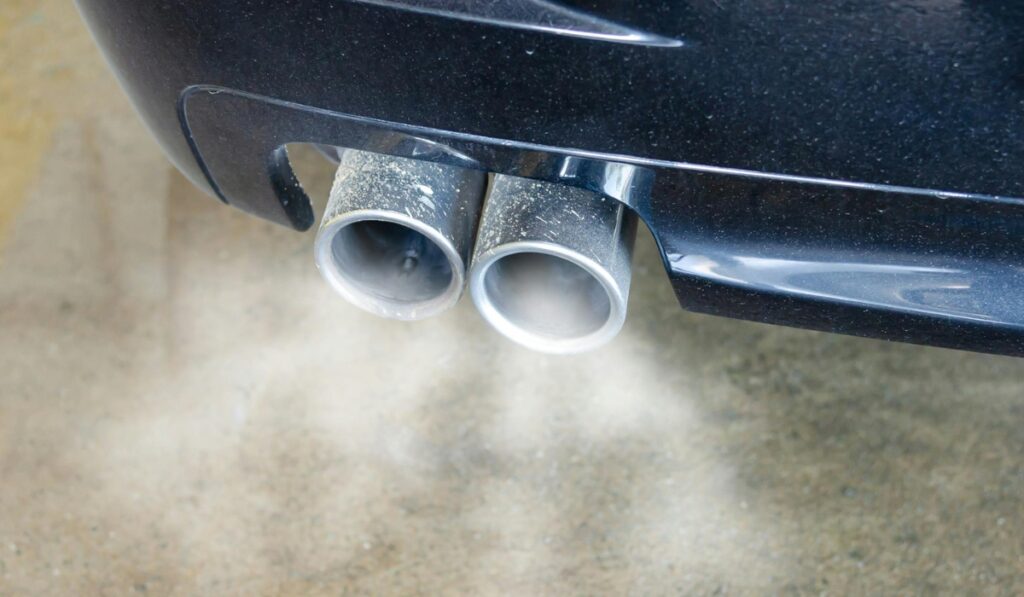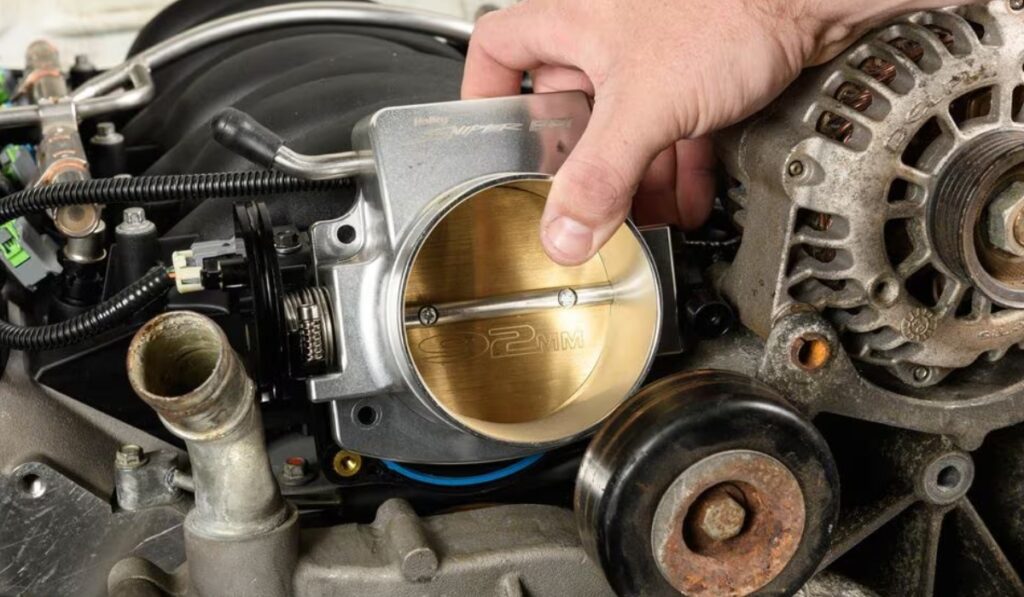Introduction To 10w30 and 5w30: What Does it Imply?
If you have been driving a car for a long time, or if you are an automobile mechanic, then this question: ” Can I use 10w30 instead of 5w30?”, may have often crossed your mind, especially during the winters.
But, before we answer this question; let’s delve into understanding this code 10w30, 5w30.
The w in the code stands for “winter” and not “weight” as opposed to a popular belief amongst automobile enthusiasts. The number preceding it indicates the thickness or viscosity of the oil in winter.
In cold weather, the lower will be the number, the thinner will be the oil. This implies it’ll crank up your car more easily when the temperature drops.
Technically speaking, if the area you are living in doesn’t have extreme winters, 10w30 or 5w30 oil won’t make much of a difference; it sounds just a little thicker but not a catastrophe. In other words, your car sensors will not even blink at such a slight change and it’ll run smoothly.

Modern Engines Are Built in to Use Lower Viscosity Oil
In the realm of modern technologies and advancements, the engines are designed to use lower viscosity oils to reduce internal friction because they flow more swiftly as compared to higher-viscosity oils leading to improved mileage.
As the fuel economy standards are tightened, automotive industries are relying more on low-viscosity lubricants to increase fuel efficiency.
Thicker Oil May Impact the Flow Reducing the Fuel Economy
Thicker Oil May not flow quickly while the engine is running causing friction and frequent wear and tear in the long run as there’s no consistent lubricating film around the tiny clearances.
Additionally, thicker oil reduces fuel efficiency as the engine exerts a lot of pressure on pumping thick oil. This also leads to oxidation: a process of harmful deposits and sludge around the engine walls.
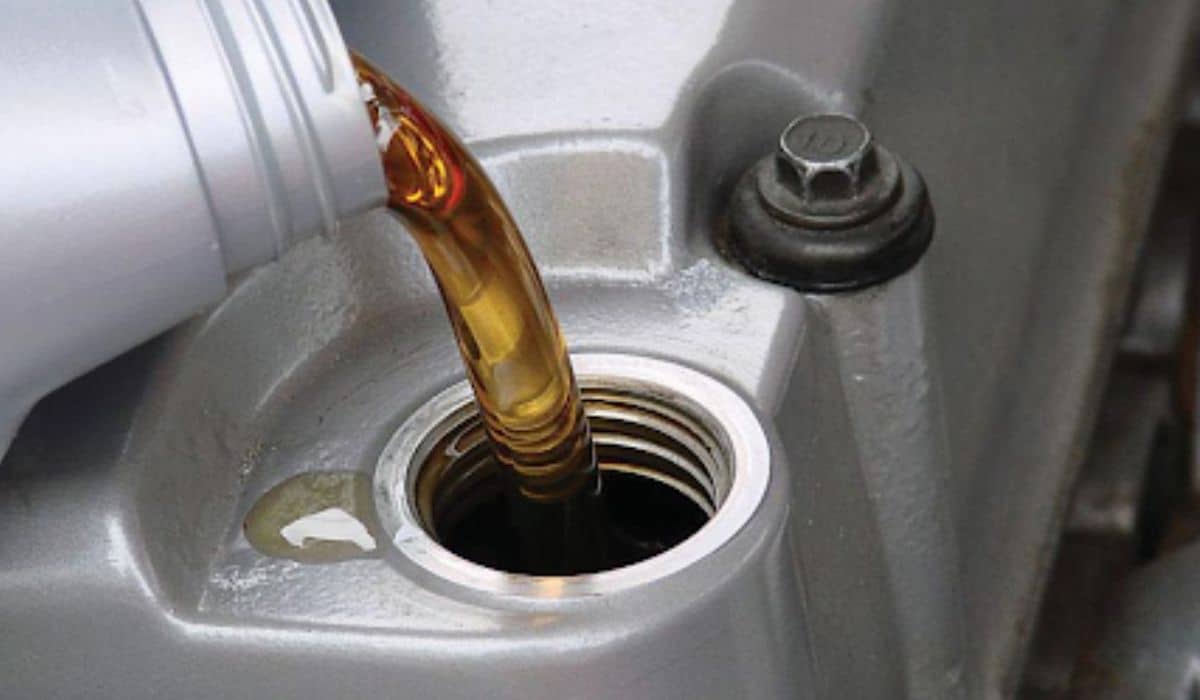
The difference Between 10w30 vs. 5w30 Is Less Pronounced
Both 10w30 and 5w30 have almost the same viscosity. The only difference between 10w30 & 5w30 is that using 10w30 may cause cold starts that are a little challenging as compared to 5w30.
Remember “w” stands for winter! So here, the lower the viscosity the more swiftly oil will flow. As a matter of fact, in winter some automakers allow you to switch from higher viscosity fuels to lower viscosity ones.
Let us delve into some frequently asked questions to develop a deeper understanding of the difference between 10w30 vs. 5w30 and their usage in a specific weather:
FAQ
Can I Use 10w30 Instead Of 5w30?
Yes, you can choose to utilize 10w30 instead of 5w30 oil, as both oils meet the SAE viscosity standard at operating temperature. Mostly, the difference in the viscosity between both of them is quite negligible.
Should You Use 10w30 And 5w30 Interchangeably?
Manufacturers do a lot of research and numerous tests to get the best-performing engine oil. Car makers choose the best engine oil To give you the best experience in car driving, so you don’t get troubled if you follow the manual.
However, you can safely combine oil brands, provided they are of the same viscosity grade. Though it is not recommended, in an emergency-like situation, where you don’t have many options left, it can be done.
Be cautious while using 10w30 outright in place of using 5w30, use only when you are stuck in an area where you are getting only 10w30. Else Follow the manual, and stick with the 5w30 engine oil for your car.
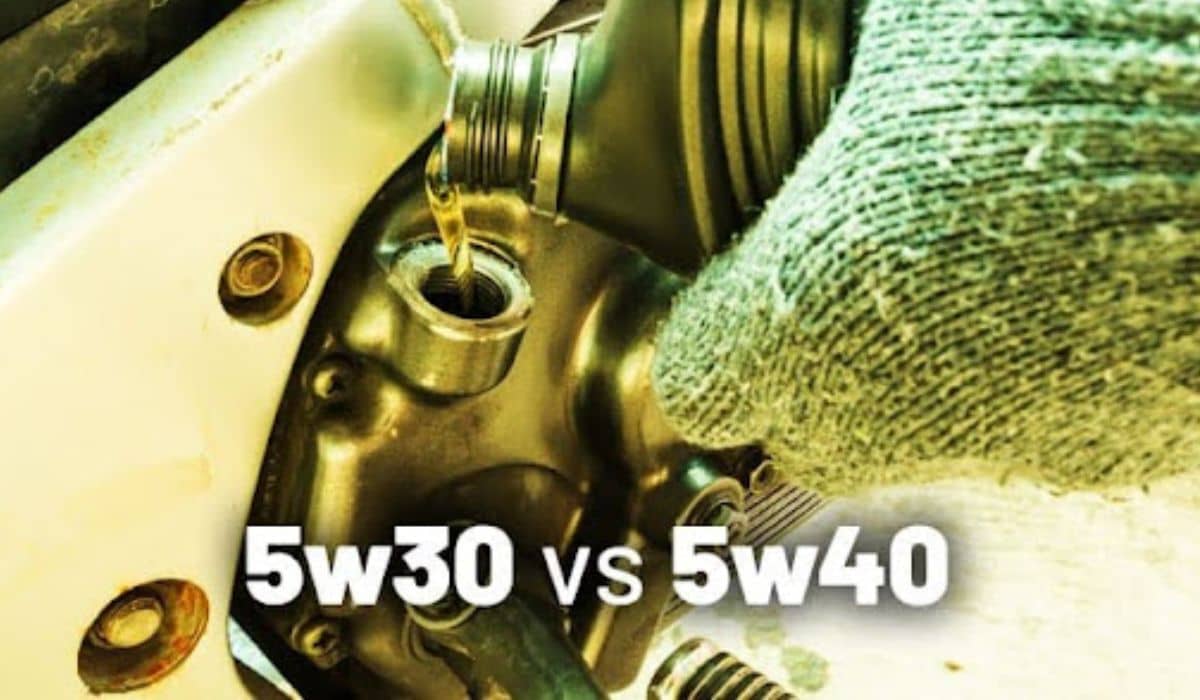
What Is The Basic Difference In The Grades Of Oils?
Several factors like engine oil types, viscosity, and weights determine the basic difference between oil grades. Motor oil grade is decided by the Society of Automotive Engineers for oil viscosity.
The viscosity of the oils decides the fluidity of the oils, and how easily they flow in a motor in different weathers such as cold, hot, or moderate weather.
5W engine oil:
The thinnest oil among all of them is 5W. It is recommended in Extreme temperatures below -20 degrees Fahrenheit. However, it is not a matter of viscosity. Some oils are not recommended in cold weather at all
10W:
Comparatively, this oil is slightly thicker than 5W engine oil. It is recommended for extreme climate temperatures below -20 degrees Fahrenheit.
What Does The W Indicate In Motor Oils?
The ‘W’ means winter in 5W30 or 10W30. It’s the oil flow feature at low temperatures. Engine makers recommend a 10W or 5W oil for the beginning of cold weather. A 5W engine oil functions better at low temperatures than a 10W engine oil.
What Do The Numbers Indicate?
The numbers 5 and 10 here describe the lower viscosity and higher viscosity. It implies the thickness of oil in higher or lower temperatures.
Which Is Better?
The answer is, that it entirely depends upon your stay, and where you live. If oil is tagged 5W30, then it matches the needs of both SAE 5W and SAE 30.
The first number is lower is better as in, the oil’s fluidity in the cold weather, the temperature scale is from 0 – 212 degrees Fahrenheit. The second number shows the oil fluidity at high temperatures, it indicates temperatures above 212 degrees F.
The greater the number, the better protection for the engine and the parts. The number reflects the Pickup in cold weather, how easily the engine will start in extremely cold weather, and safeguard against wear as the vehicle engine is functioning at top speed.
What Will Happen If Both The Oils Get Mixed?
It is never a good idea to mix and combine both the oils unless there is an emergency situation. Somehow if you were to pick up 10W30 instead of 5W30, the engine would be a little less safe against wear while starting the engine and the extremely cold climate.
10W30 is less effective at safeguarding the vehicle engine in extreme heat 140 degrees Fahrenheit and above. However, it is difficult to understand the difference in protection unless you are staying in extreme weather.
One more major issue is that a thicker consistency oil won’t flow as swiftly through the engine. Hence, the chances of decreasing fuel economy are thereby a fraction of a percent. The difference is quite noticeable and it should not majorly affect the fuel economy.
Can I Mix 10w30 & 5w30?
Mixing both the engine oils is not an issue if you are just topping up. Generally, it is Fine to mix two different weights & consistencys of oils, provided they are within the recommended range by your vehicle manufacturers.
10W30 & 5W30 both oils come within the bracket so any of them would work well.
Though while doing regular maintenance using only one oil at a time is suggested. The main key point to take care of is to keep the oil level between the maximum and minimum points of the dipstick.
Suppose, the oil level is below the minimum point, then it is good to top it up with 10W30 or 5W30 engine oil.
Conclusion
Engine oil has an important role in the vehicle’s engine performance. Though 10W30 oil can be used instead of 5W30 under certain conditions, it may have some implications. For example, colds start functioning, fuel economy, and engine wear & tear.
Using 10W30 oil instead of 5W30 engine oil is fine under specific situations such as extreme climates or older vehicles yet with better mileage e. It is imperative to weigh the advantages and drawbacks of using the oils beforehand.
Considering factors like driving habits, extreme climate conditions, and vehicle manufacturers’ recommendations would be beneficial before reaching a decision.
Vehicle longevity and better performance can be achieved by consulting a reliable mechanic and sticking to the vehicle maker’s specifications and recommendations.
Related Topics:

